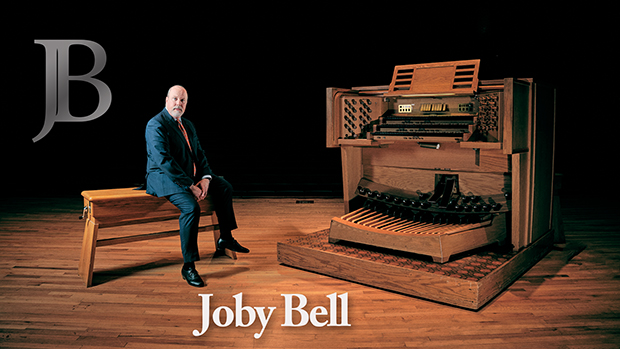The perfect console, part 2
 Sunday, November 28, 2010 at 3:48PM
Sunday, November 28, 2010 at 3:48PM Wonderful comments are coming in about The Perfect Console. Here are a few more theses for my Lutheran-style posting on the doors of organ builders:
26. Drawers installed under stop jambs tend to serve only two purposes: a) contain vitally important gadgetry that you can't reach in the heat of battle; b) destroy your knees when you enter/exit the bench.
27. Key cheek pistons are OK, I suppose. But are they really necessary if we have room for drawknobs and generals to do what we need to do? And if key cheek pistons are installed on every manual, then there's nothing to hang onto during pedal solos.
28. Clarifying my original thesis regarding sub-octave coupling: I'm not advocating for extensions on all ranks. That would be foolishly expensive and space-hogging. I am suggesting that certain stops make use of the lowest 12 notes of other similarly-voiced stops that already have those pipes installed. Examples: when sub-coupled, the 8' flute could make use of the low 12 notes of the existing 16' bourdon. When sub-coupled, the 8' string could use the lowest 12 notes of the 16' violone. The 8' trumpet could go into the 16' fagott. And so forth.
29. From Part 1: "If there is only one expression shoe, it should be located in the center, not right of center. The right foot is not the only foot that is often required to move the box." I should add that it is most inconvenient for a lone shoe to be recessed into the console so that it is "boxed in" and you must literally "insert" your foot STRAIGHT into the recession to get to the shoe. That wastes precious time, removes the other foot from being considered for box operation, and it turns the kick board black from all the "missed approaches."
 Joby Bell | tagged
Joby Bell | tagged  The perfect console
The perfect console 